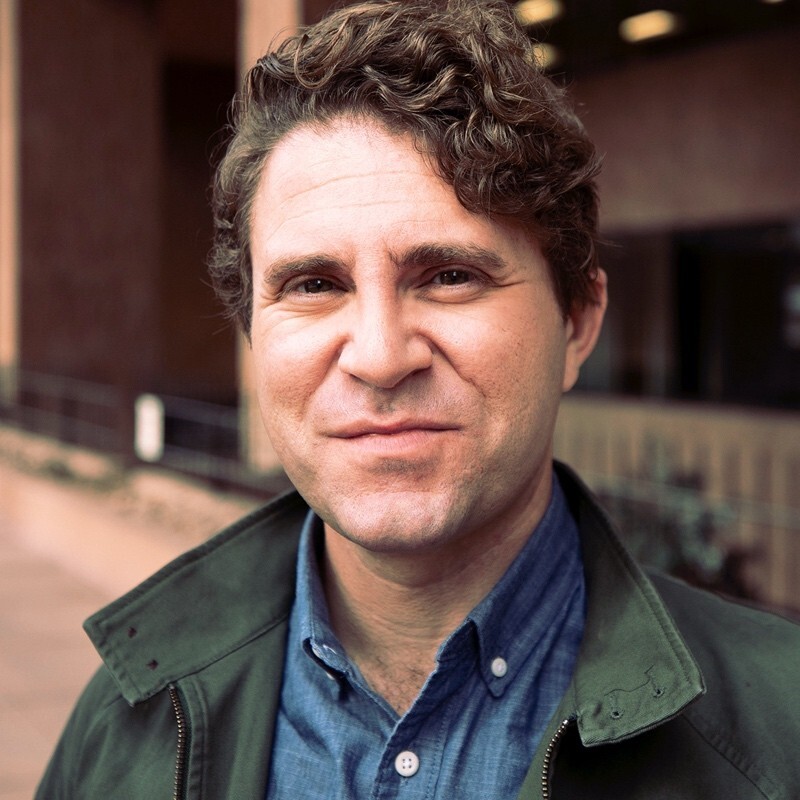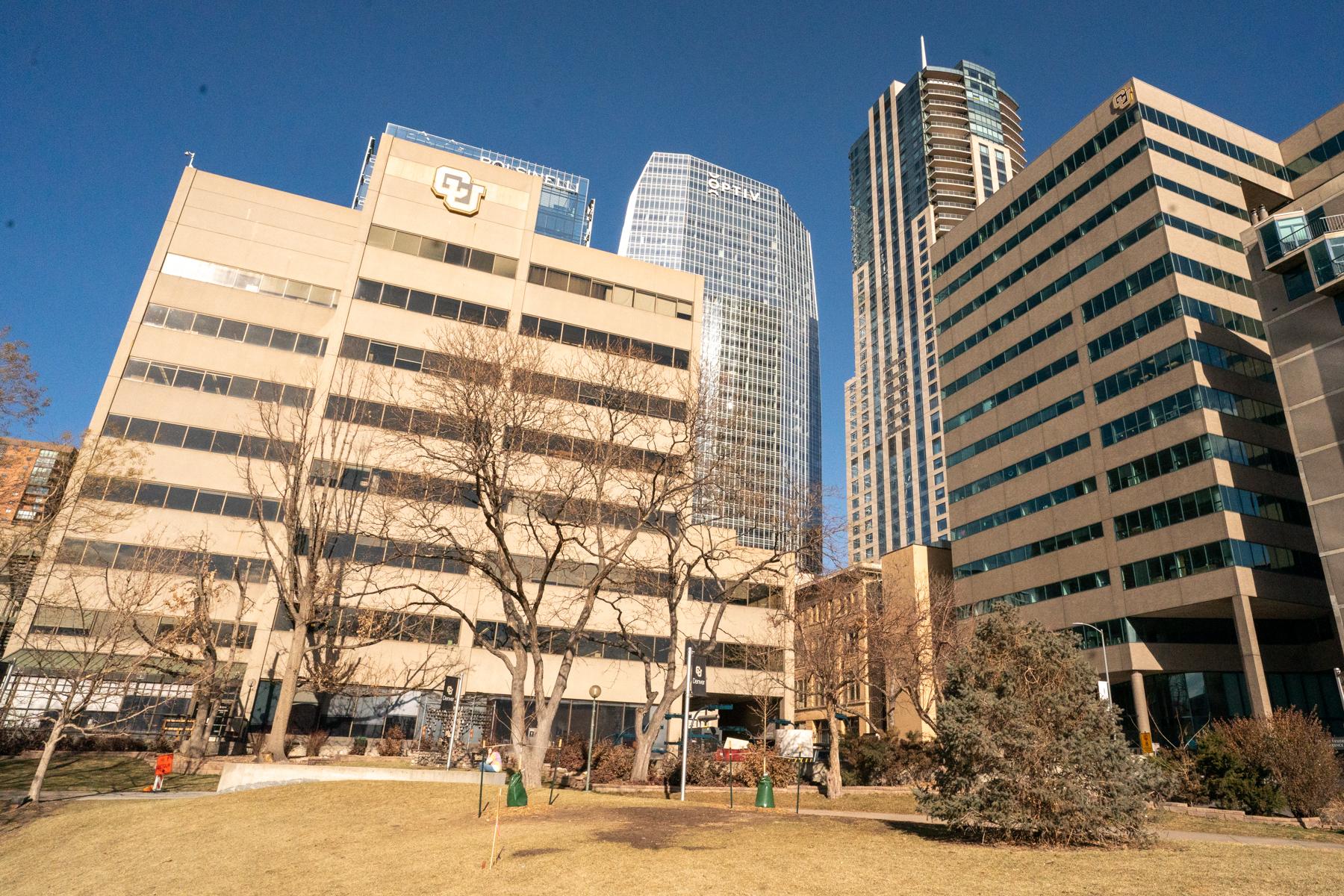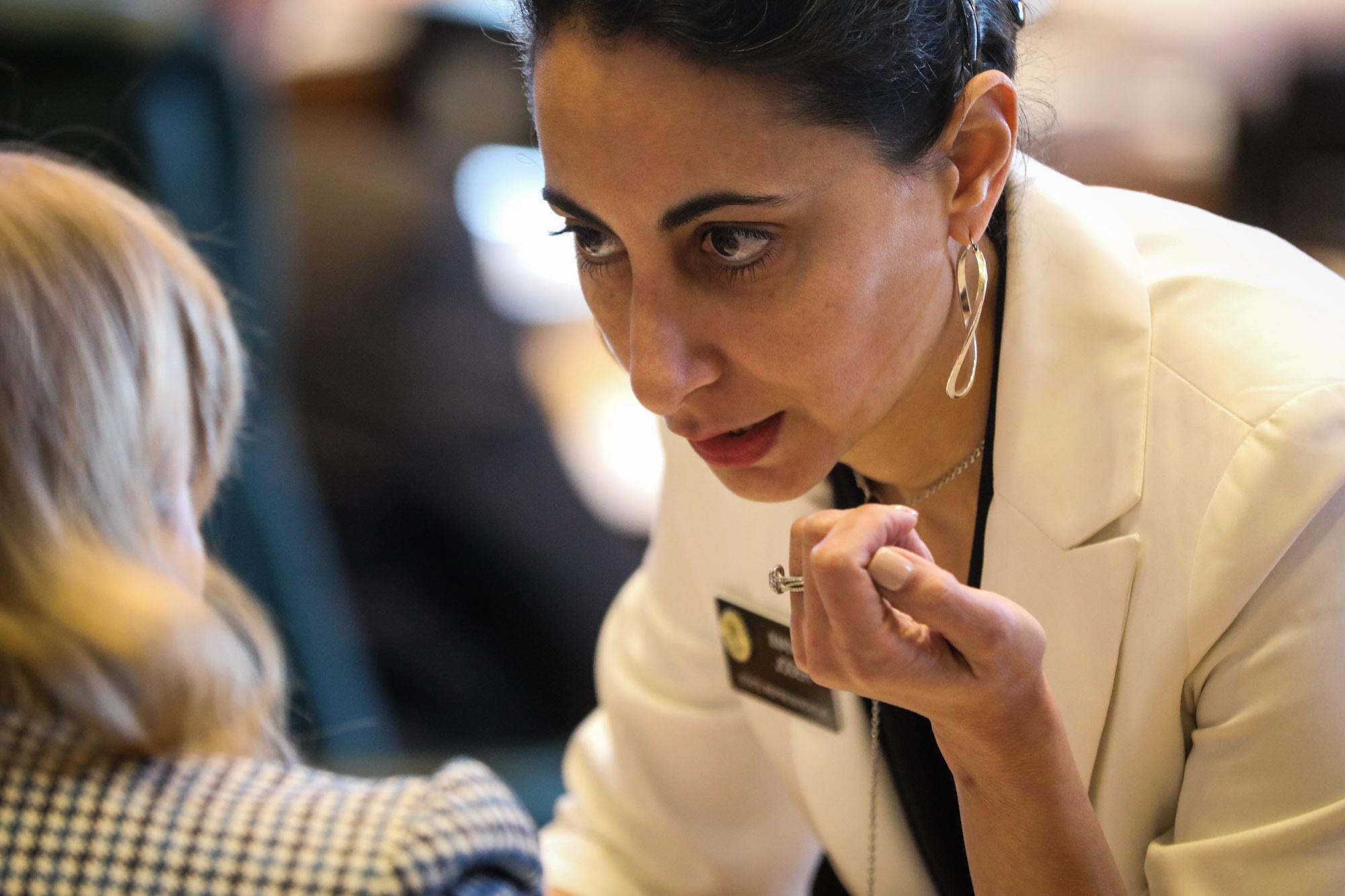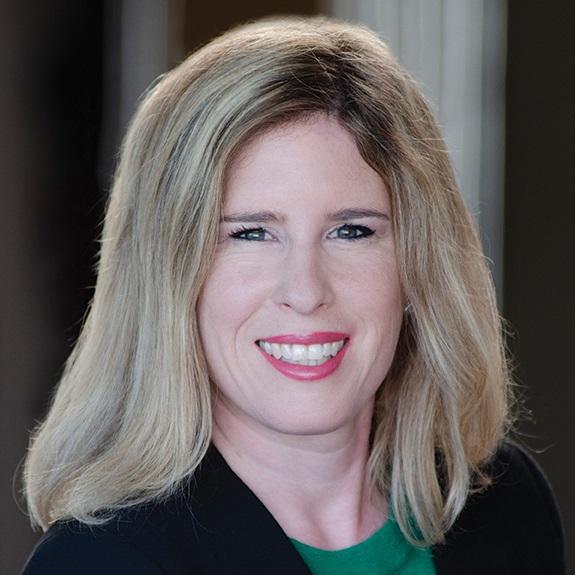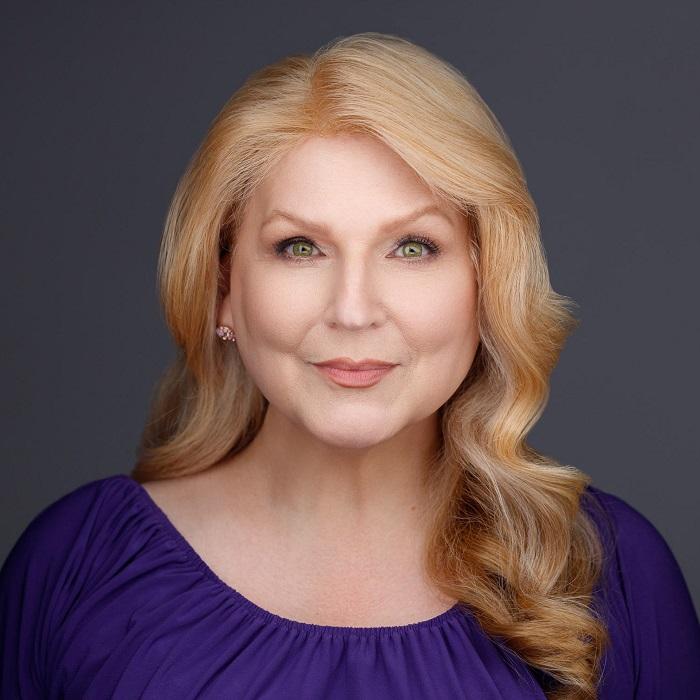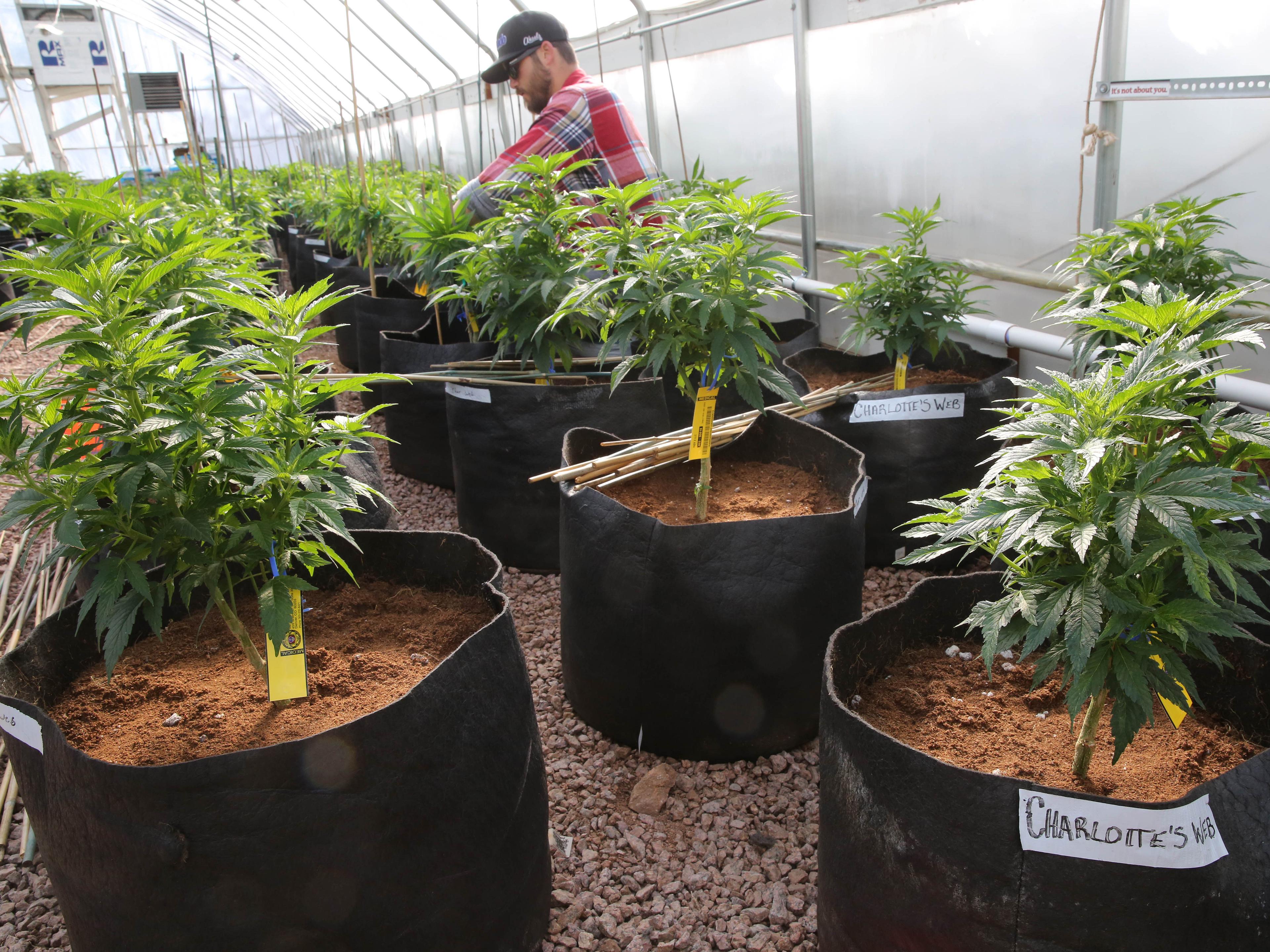
Colorado Springs City Council members will be taking their first action next week on rules governing recreational marijuana in the city. The Tuesday hearing sets up potential conflict as city leadership, long opposed to legal pot, is now tasked with implementing a voter-approved ballot measure allowing it.
The fulcrum for this coming tension? The distance these retail shops must be from schools, daycares and drug and alcohol treatment facilities.
Ballot Question 300, which passed with 54 percent of the vote in November, allows for the city’s existing medical marijuana businesses to apply for recreational licenses. These approximately 90 businesses must already comply with a 1,000-foot buffer requirement from those schools, daycares and treatment facilities.
Question 300 keeps that same 1,000-foot buffer for non-medical shops. The trouble is that conflicts with a city council ordinance passed last September which preemptively set that buffer zone to one mile for recreational shops, were they to be approved by voters in November.
A one-mile buffer zone would effectively prevent any of the existing medical shops in the city from shifting to recreational.
“A court hasn’t really seen something like this beforehand,” Trevor Gloss with the city attorney’s office told the city’s volunteer planning commission Wednesday as they reviewed a draft of the new retail pot regulations.
Gloss said a number of legal interpretations could be applied to the dueling buffer zones. One interpretation, he said, is that a one-mile buffer is defensible in that it already contains the 1,000-foot buffer within it.
“Of course, the opposing side is that’s not the intention of the people,” Gloss said. “There’s definitely a legal question there and it is likely to end up in a lawsuit if the language remains as it is.”
Those draft rules, developed by city staff, initially contained a reference to both buffer zones but implied the one-mile buffer would take precedence.
Tom Scudder, president of the Colorado Springs Cannabis Association, argued before the planning commission that the planning commission and city leadership should pay attention to the will of the voters who adopted Question 300.
“We urge the city not to thumb your nose at this adopted measure by creating unforeseen obstacles to voters’ decision to authorize recreational marijuana,” Scudder said of the one-mile setback regulation.
Planning Commissioner Martin Rickett said his fellow members were “pretty unanimous” in believing the regulations should use the 1,000-foot buffer. The body struck the one-mile buffer from the draft rules it is recommending to the full council.
The draft rules passed by the commission now head to the city council’s Tuesday meeting for its consideration. Whatever the council decides on them needs to be wrapped up quickly. Question 300 requires the city to begin accepting retail license applications by February 10.
Allowing retail marijuana sales would be a big change for the state’s second-largest city. Colorado Springs has repeatedly declined to allow these retail shops since the 2012 statewide vote made Colorado the first state in the nation to legalize the sale of cannabis solely for recreational use.
Mayors and other leaders argue recreational stores run counter to the community’s family-oriented “Olympic City USA” branding and its reputation as an attractive location for vast military investment, often considered the region’s most important economic driver.
